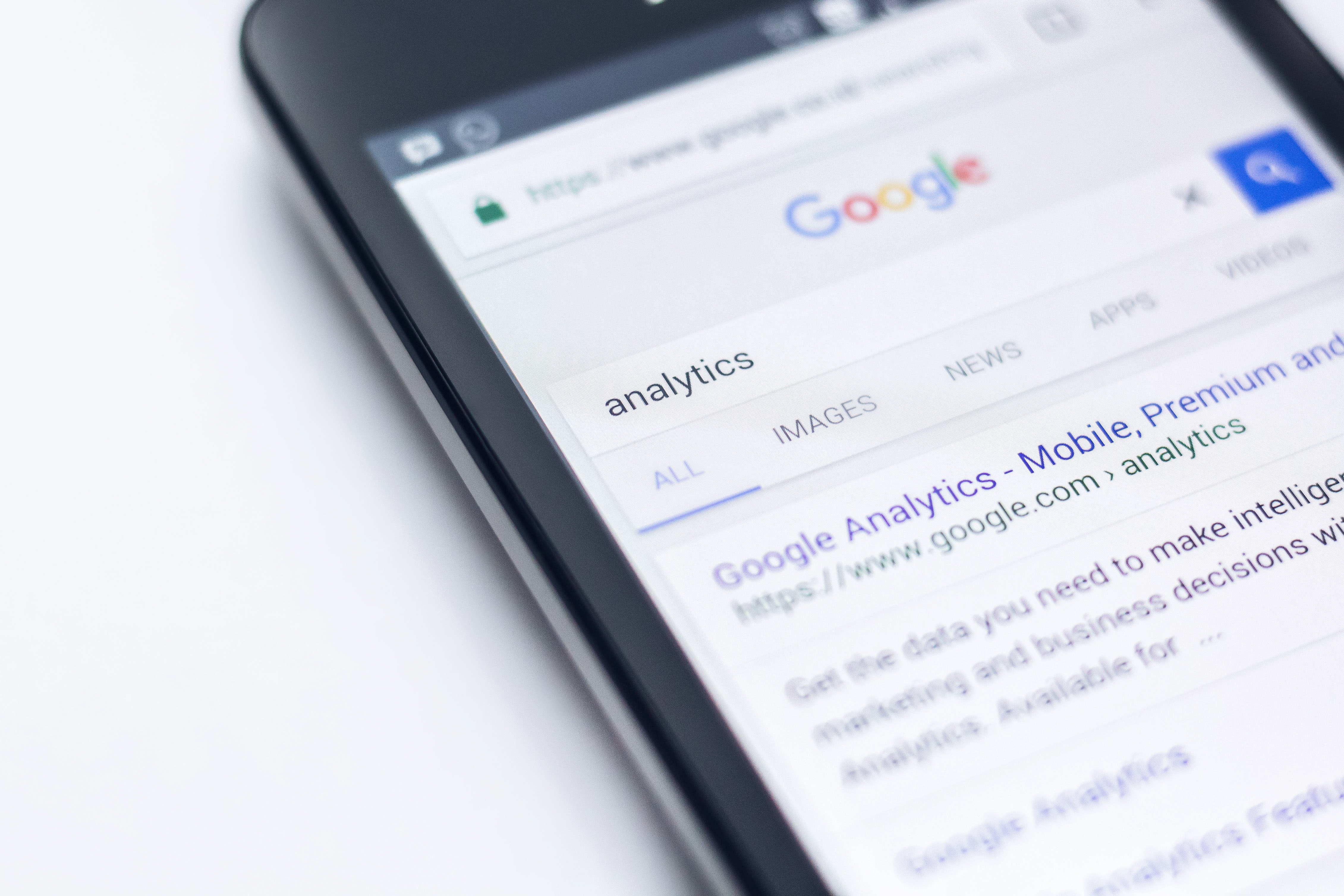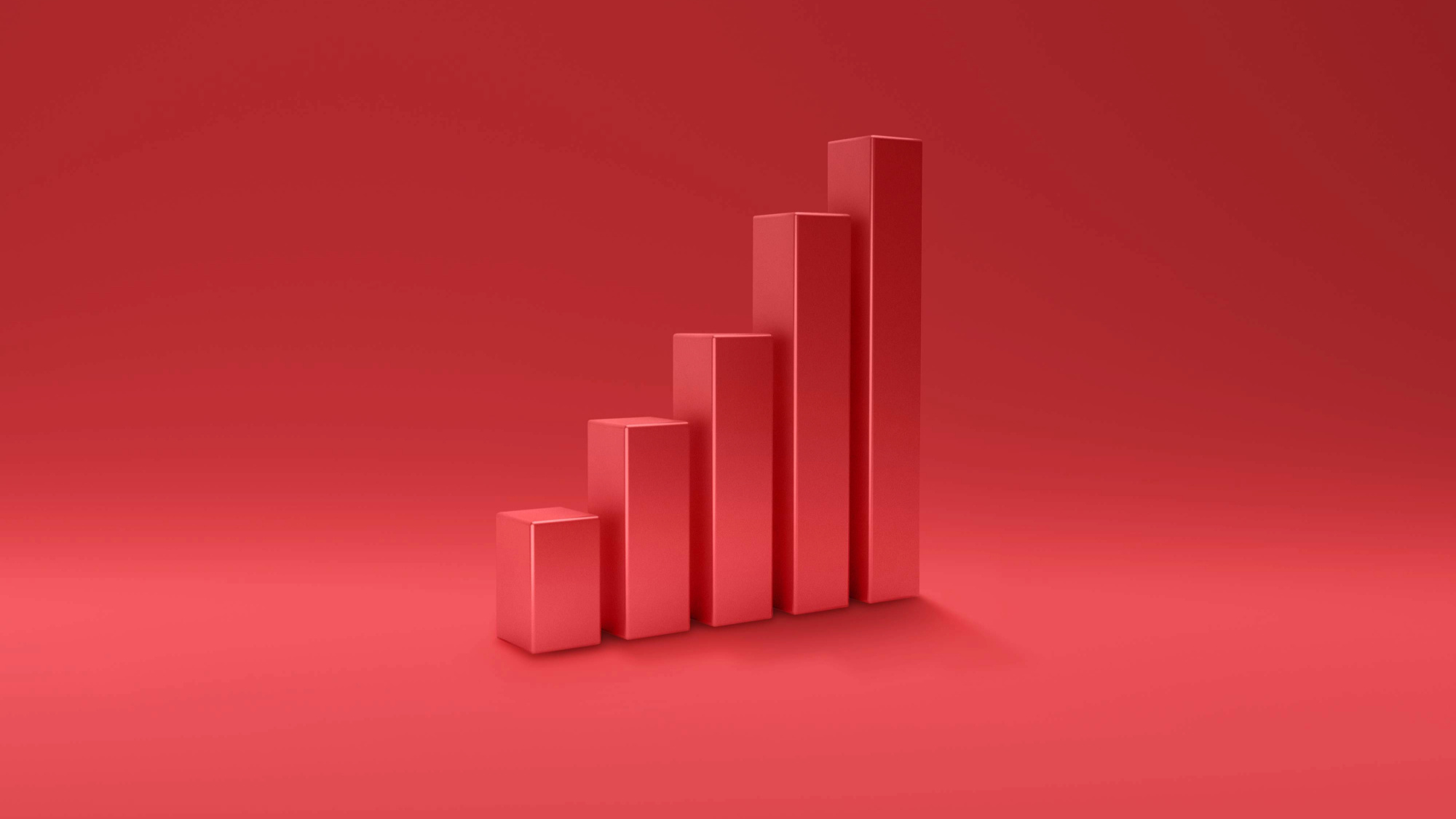PPC and SEO are both inbound search marketing strategies, and as such, are closely linked.
Despite this, as Head of SEO at The Marketing Practice, I have seen many marketing teams plan and manage their PPC and SEO separately, which in my experience can lead to major inefficiencies. A holistic approach to search marketing has a range of positive impacts on site performance, of which I have outlined below...
What’s the main difference between SEO and PPC?
I’m sure many of you should be familiar with SEO and PPC – but a quick refresher is always valuable.
SEO stands for ‘Search Engine Optimisation’ and refers to the techniques which can be used to affect a website or webpage’s visibility and ranking on unpaid search engine results. This can include On-Page SEO (Keyword research, targeted content creation and using good meta tag SEO), Technical SEO (Site speed, Indexing, Mobile-friendliness, Crawlability, Security, Site architecture and Structured data) and Off-Site SEO (strategies to improve your site’s reputation and authority, particularly high-quality backlinks).
PPC stands for ‘Pay Per Click’ and is a search engine feature whereby advertisers pay a fee each time one of their ads is clicked, but they are rewarded for the relevance/targeting standard of their pages. Types of PPC include Search advertising, Display advertising, Social media advertising, Remarketing, Sequential remarketing and Google Shopping.
The main difference between these two inbound marketing channels is that SEO delivers organic traffic, while PPC is a paid-for strategy. Advertisers pay for every person who clicks on your PPC ad, whereas clicks generated from SEO are free, driving organic traffic to your site. Unlike SEO, PPC delivers fast results. As soon as your ads are live; potential prospects are seeing your business when searching for keywords you are bidding on.
In B2B, they are both hugely important, with combined search averaging 76% of traffic.
Why SEO and PPC work well together
At The Marketing Practice, we help a number of clients with either their SEO activity or PPC activity, and some clients we support with both. In my experience and from the results we tend to see, I believe the two require a joint up approach to ensure all elements are working as efficiently as possible.
An integrated search strategy that looks at both SEO and PPC will improve results in each channel, increase website traffic, click through rates and conversions.
This will not be right for every business, but for high-growth, aggressive marketing, you will want to develop a holistic search engine strategy rather than look at SEO or PPC in isolation.
8 Benefits of a Combined Strategy
1. Holistic view of marketing activity and shared insights
Shared insights should work to increase confidence and awareness by having both strong organic and paid visibility. By utilising cross channel reporting, marketers will be able to gather a more comprehensive overview of their digital advertising performance than ever before. Looking at how users react to both your organic listings and PPC ads will not only provide insights around customer behaviours, engagement, and conversion, but also help you to understand which channels and tactics they should focus on.
With this understanding, marketers can reuse copy from successful paid search ads in meta titles or can pause keywords that rank in top positions organically (while investing that budget in more competitive keywords).
2. Increased online visibility
Combining SEO and PPC provides better exposure online and boosts search visibility. This will not only increase website traffic, but also help establish a solid brand presence in the market.
If paid ads appear for searches that return on local listings, marketers can double up on their site’s search engine results page (SERP) presence and SEO teams could build upon this further by helping to rank content in the organic text results.
3. Landing page improvements = Cheaper cost per clicks
If marketers use PPC and SEO insights to optimise landing pages, the landing page experience will also be improved. Having a good landing page user experience pushes sites up the Google ranking by improving quality scores and as such, result in cheaper cost per clicks.
4. Client stickiness
Managing multiple channels under one roof makes it more likely the client will stay with a brand, as PPC and SEO teams will have the necessary lines of communication to optimise most effectively and will not be competing or trying to shift blame. As mentioned, shared reporting can also make the job of showing the client value easier and more streamlined.
5. Cost per lead savings
The total volume of traffic can be increased by targeting clicks in paid and organic for high-performing keywords. High-cost keywords, high-volume or low-converting (yet still important) keywords can be moved from PPC to organic search (and thus, for free).
6. Increased confidence in brand
Having a high Google ranking is key for instilling confidence in your brand, and a streamlined SEO and PPC approach will help you to climb the rank if executed properly. People buy from websites they trust. If they see your paid search ads at the top of the page and your organic listing below, they know you are credible player. If users cannot find companies online easily, they will become wary, and buyers are more likely to trust brands they see on the first page of Google.
Investing in SEO and PPC is investing in your brand presence.
7. Better targeting and testing
Using PPC, you will be able to target users at all stages of the customer journey- from research to comparison to purchase, with commercial keywords.
You can also test your keyword strategy in PPC before committing to long-term SEO strategies and can carry out A/B testing of ad copy and landing pages to determine the most successful ads. This can be fed into your organic listing and landing pages.
8. Re-marketing
Remarketing allows you to stay in front of visitors after an initial touch via organic search and customize messaging around their engagement with your site.
How is a combined SEO and PPC strategy executed?
-
Reporting : Through linking the Google Search Console to Google Ads, marketers will be enabled with cross channel reporting. This will allow reports to provide greater detail around how different search terms are performing across both channels.
Using combined reports, it is easier to see where your advertising is performing well and falling short. If an PPC ad or campaign is working really well, you can take the text from the advert and put it in meta titles or descriptions on your site. This will help to convert some paid keyword traffic into organic traffic, thereby saving you money as well as improving your Google ranking.
-
Site optimisation: By joining up PPC and SEO search teams in-house, as we do at The Marketing Practice, a truly combined strategy will help to facilitate communication and data-sharing between teams. In turn, this should mean that you are able to optimise your site to improve brand presence and increase engagements.
You can optimise your site to ensure your copy directly answers common user queries and ensure a good user experience by making sure your site runs well with fast loading times etc.
SEO is the base for any successful organic marketing strategy. It is crucial that in developing your SEO strategy, you are keeping your client’s wants and needs front of mind and optimising to more engaged users. SEO provides free traffic and high conversion rates.
Once you’ve got the SEO foundations, PPC can help you to build on this strategy by increasing visibility and generating leads based on intent audiences.
-
PPC Optimisation: PPC quality scores describe the quality of your ads, based on user behaviour. With high quality scores, Google reduces the cost per click on your ad. It is in the interest of PPC advertisers to be directing users to good SEO optimised landing pages, and therefore, a combined strategy and the removal of siloed teams can be hugely effective.
This might influence for example, which key words are selected or will allow marketers to optimise copy and re-use copy from the best performing ads in page titles and description.





